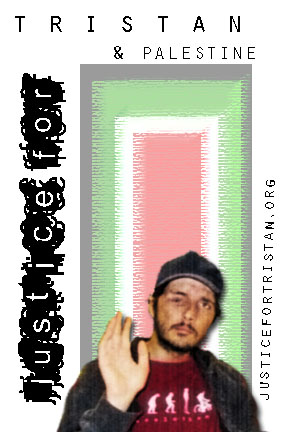Tag: Tristan Anderson
-
Video: IDF caught in a lie about Tristan Anderson
by Allison Deger 16 March 2012 | Mondoweiss Following a police investigation that closed with no criminal charges against the Israeli military, new video evidence in Tristan Anderson’s last round for justice—a civil suit—was brought forth, identifying the solider who injured the peace activist with a long-range tear gas canister in 2009. “Sergeant Jackie” is named…
-
More deaths and injuries from US tear gas in Palestine, around the Middle East, and in Oakland
15 January 2012 | Adalah-NY US-made tear gas, manufactured by companies like Combined Systems Inc. (CSI), Defense Technology, and Nonlethal Technologies, continues to be used by governments including Egypt, Israel, Yemen, Bahrain and the United States to repress popular protest movements for social justice. In response, human rights advocates will protest again on Martin Luther King Jr. Day, January…
-
Tristan Anderson civil suit delayed as new evidence emerges
by Charlotte Silver 3 Demember 2011 | The Electronic Intifada “If he had been a Palestinian, he would have gone to the Ramallah hospital and died,” Gabby Silverman said firmly. Silverman was close enough to Tristan Anderson that she didn’t even have to shout for him to hear her when he was shot in the head…


